Chinese researchers have developed a new type of material to absorb heat from the sun during the day and emit energy to outer space to harvest cooling at night in a novel approach for harvesting renewable energy, Xinhua news agency reported on Wednesday.
The results of their study were published online in the Proceedings of the National Academy of Sciences (PNAS). The breakthrough finding is in harvesting "heat and cool" in a single structure, saving space and reducing costs, according to Pei Gang and Zou Chongwen, leading scientists from the University of Science and Technology of China.
The base of the coating material is vanadium dioxide (VO2) film and its switch from heating to cooling mode throughout a 24-hour day-night cycle creates no extra energy costs, said the Chinese scientists.
With self-adaptability properties, the VO2 film is in a metallic phase and can be heated to 170 degrees Celsius above ambient temperature under sunshine, while in darkness, the VO2 film transforms into an insulator and can be cooled to 20 degrees Celsius below ambient temperature.
The material could be applied to fields including energy conservation in buildings, cooling photovoltaic systems, thermoelectrics and energy supply in outer space, according to Pei.
The issue facing the use of the material is high costs. However, substitute materials with similar techniques but lower efficiency are close to mass production.








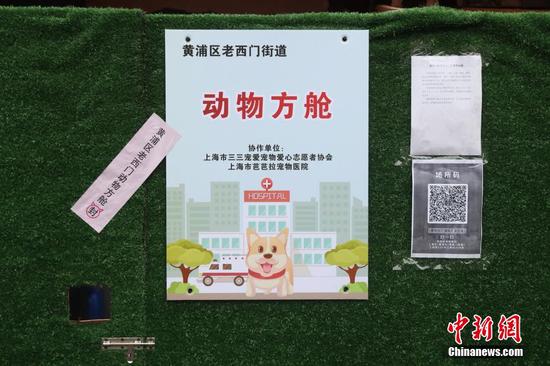





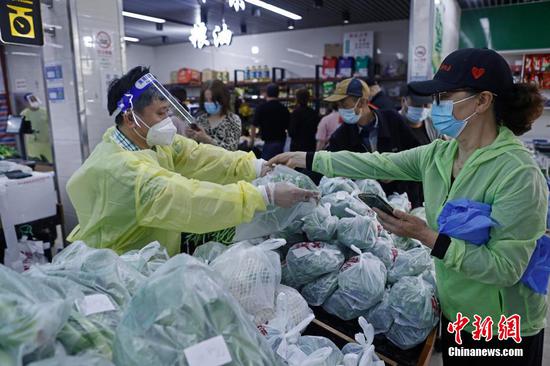




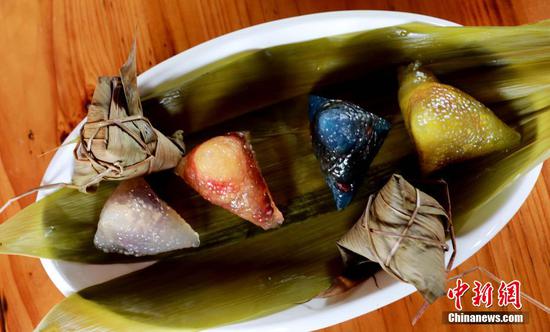





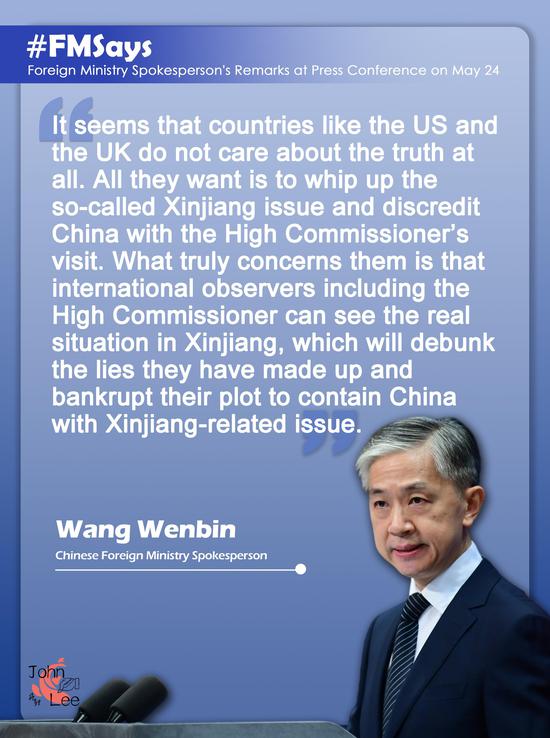
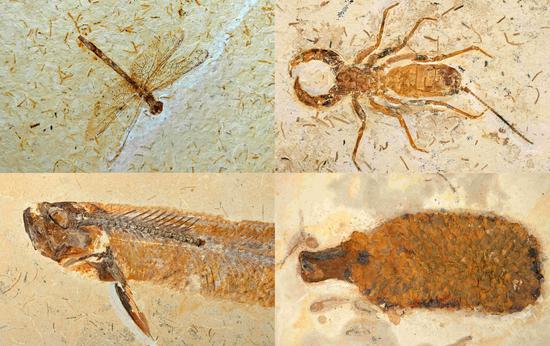




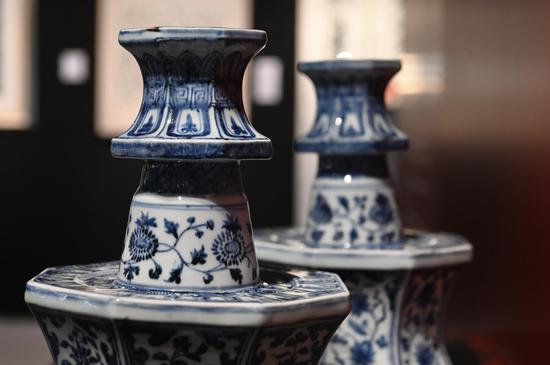



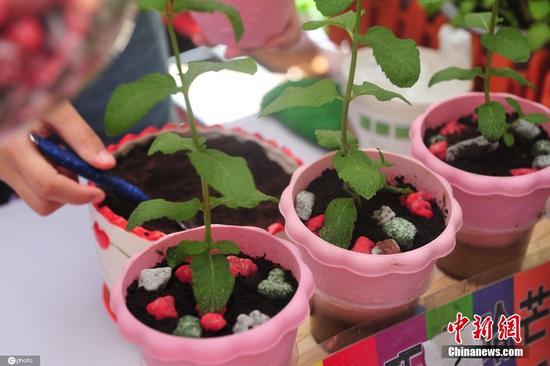
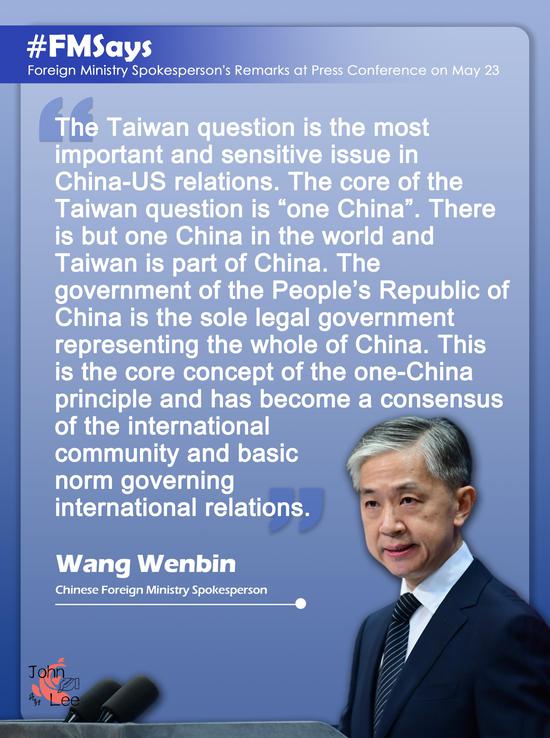







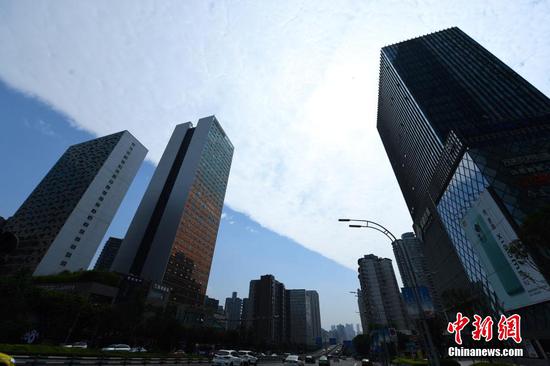





 京公网安备 11010202009201号
京公网安备 11010202009201号